According to the myth, during a hunting trip, Actaeon provoked Diana's wrath when he caught her bathing with her companions in the shade of the Gargafia forest. The summer heat induced her to put on her clothes and cool off, interrupting the hunt. The goddess, to prevent the hunter from speaking about what he had seen, transformed the young man into a stag by spraying water on his face. Actaeon only realised his transformation when he ran to a spring, where he could see himself reflected in the water. Meanwhile the hunter was joined by his 50 dogs, enraged by Artemis, who, not recognising him, mauled their old master. The dogs, once they had devoured Actaeon, set out in search of their master throughout the forest, filling it with painful wails.
Later they came to the cave of Chiron, who gave them an image of their master to ease their pain.
If we had to choose a work that illustrates with illuminating clarity the contamination between schools of painting and strongly characterised referential platforms, the painting under examination would stand as a true exemplum.
characterised,
Indeed, the visual impact directs the critical investigation towards the Flemish background of Jan Brueghel the Elder (Brussels, 1586-Antwerp, 1625) and his school.
Depending on the geographical spheres of the respective schools, the fortunate subject matter is moulded by the artists' sensibility, which in turn is conditioned by the cultural background of reference, which in the aforementioned Brueghel favours the minute investigation of reality, taking its cue from classical narrative to offer the viewer an “encyclopaedic” survey of plants and animals. This determines a compositional cut that strongly emphasises the foreground, populated by a dense array of characters including here both Diana and Actaeon
This last work bears witness to the undoubted penetration of Nordic culture in northern Italy, which already in the Baroque era boasted an extraordinary assimilation.
The compositional assonances with the painting under study are undoubtedly stringent - to reiterate what has just been said -, although the latter clearly differs from the former on a stylistic and formal level, the author of our painting transfers the same theme onto the canvas through a loose and immediate language, obliterating the accurate handwriting and the lenticular attention to detail in favour of the atmosphere and the strength of colour.
Ingredients, the latter, that are also basic to the Venetian pictorial recipe.
Never before has there been such a courageous and fascinating contamination between two schools of painting - also representing two distinct visions of the world and of art - by a master who grew up in Flanders and emigrated to the territories of the Serenissima, as was the case with Emest Daret, better known as Monsù Emesto (Brussels 1670 - Venice post 1725).
Known for his landscapes with popular scenes, in this case he proves to be a very stimulating personality and much more complex than the pictorial evidence has so far handed down to us. One of his guiding characteristics, unfailing in all his works, is a broad perspective rich in nature in the background with a rich foreground of characters, as we note in the construction of this work.
Moreover, the lively and captivating ductus expresses in the textural brushstrokes the spirit of the ‘pioneers’, i.e. the first generation of Flemish landscape and Vedutists who came to Venice, who would lay the foundations for giving a new identity to the ‘foreign genres’, ushering in the ‘magnificent fates’ of the Golden Century.
The paintings and works of art published here are my exclusive property and therefore are always available to be viewed, by appointment, in my exhibition sites located in Sanremo and Brescia.
This item , like all our objects, is sold accompanied by a photographic certificate FIMA of authenticity and lawful origin; this document identifies the object by adding more value to the article.
We take care and personally organize the packaging and shipping of our items with insurance all over the world..
Mr. Riccardo Moneghini
Art Historian
















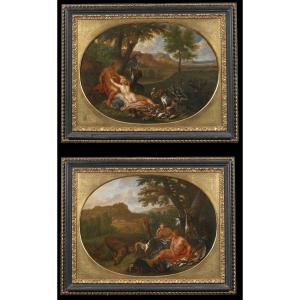


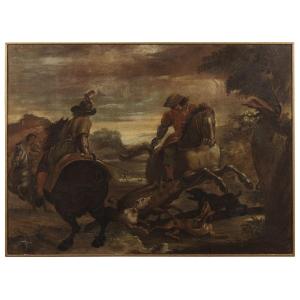

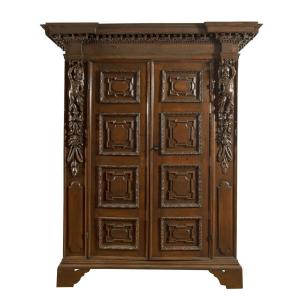

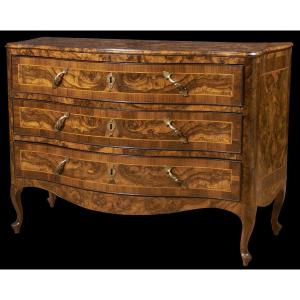

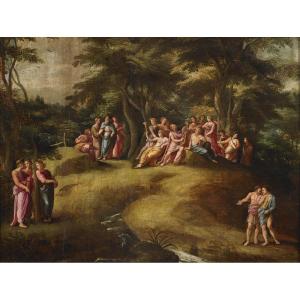

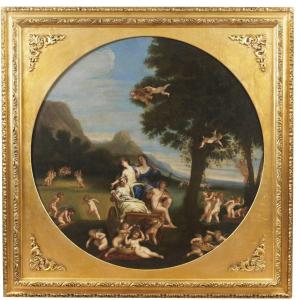





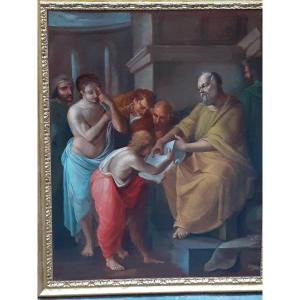




 Le Magazine de PROANTIC
Le Magazine de PROANTIC TRÉSORS Magazine
TRÉSORS Magazine Rivista Artiquariato
Rivista Artiquariato